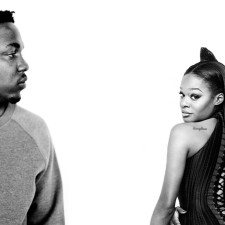I never expected the Robert Glasper Experiment’s project Black Radio to be nominated for a Grammy in the R&B category. Everyone knew that the project was special: its blend of generic codes from jazz, R&B, hip-hop, gospel and rock defied industry logic in bold ways. Comprised of musicians who’ve made names for themselves in jazz but who capably crisscross boundaries, the group has, perhaps, forecast the gradual demise of traditional categories. By winning the Grammy—something I first learned from Angelica Beener’s (writer of the project’s liner notes) Facebook post because it wasn’t televised. When the CD first dropped, it inspired lots of digital ink to be spilled, including my own. We circle back this week by reposting my three-part essay series about the importance of the Black Radio project and as a hearty congratulation to the band. –The Editor.
Part 3–toward inspiration, Salamishah Tillet and Mark Anthony Neal
In my previous two posts on the Robert Glasper CD Black Radio (Blue Note) I laid out some broad ways to think about sound organization in the project, the notion of branding in today’s music as well as some ideas about how we can begin to think about it as “post-genre” black music. As the cultural critic Mark Anthony Neal has written in his insightful review of the CD, my usage of this term might seem like an oxymoron. What he is indicating, of course, is that the concept “genre” operates as an index of sound and the social ideas assigned to it. In other words, people socially agree on what sounds mean, to what community they “belong,” and what extra-musical connotations they might convey and so on. So, if it’s post-genre, where does the idea of black fit in?
One of the things that’s got me going about Black Radio (particularly after Neal’s meditation of it in the context of historical “black radio” (yes!) is that it reminds me of growing up listening to WVON (Voice of the Negro). Leonard and Phil Chess of Chess Records owned the Chicago-based AM station for a time in the 1960s. We heard it all: gospel, blues, jazz, R&B, pop, and because it was Chicago, some more blues. (And if you were a churchgoer and fortunate enough to employ a “note-reading” musician, you heard classical anthems on first Sunday, too.) A musical eclecticism defined this community of listeners, linking the generations with an “open-eared,” aesthetically patient temperament: one of your songs was coming up next. Interestingly, when I visited Houston, Glasper’s hometown a while back, I noticed the same historical consciousness on its radio stations.
Somehow we lost that. (Program directors under corporate pressure are primarily responsible, I think). And that’s the reason I’m digging this project’s look back to that moment and why I’m, at the same time, thinking about the forward-looking term “post-genre” to capture Black Radio’s pulse, contour, and impact.
Let’s go to the music.
For my money, every track is rewarding, and that’s hard to find these days particularly with projects of this size. To my ears, the most attractive sonic features, as I’ve stated in Part 1 of this review, are (1) how the digital aspects of the recording are foregrounded and (2) how Glasper’s signature harmonic approach shares equal sonic footing—but with an ideal that heroic virtuoso solos need not dominate the message.
It works well and makes the recording sound fresh. Glasper’s proclivity for a progressive post-bop vocabulary—close, infectious harmonies that pivot around common tones and shifting tonal centers is instantly recognizable. The project collapses this approach, however, with another aesthetic: gospel music. One can’t help but associate the way that his talented band—Derrick Hodge (bass), Casey Benjamin (vocoder, flutes, saxophone) and Chris Dave, (drums)—hit strong pocket grooves with all the deep soul of a good Pentecostal sanctified band. They languish over the rhythmic and harmonic possibilities of these grooves, subtly twisting, turning, and burning as if this was the point of the whole matter. With all the dramatic innovations that have occurred in gospel music of late, one thing has held strong: the love of repetitive grooves that work the spirit, providing a platform for some of the most moving singing and instrumental improvisations in the industry. This CD brims with this aesthetic. (If you want to hear an example in contemporary gospel, check out a Fred Hammond track—groove city).
Take “Cherish the Day,” the cover from the chanting, groove-tress herself, Sade. The song, released in 1993, is emblematic of a core aesthetic of styles that have occurred in the last, say, twenty years in urban pop: verse/chorus song forms that are built on identical chord structures. This quality has become ubiquitous in R&B/urban soul song writing because of the spillover effect of hip-hop’s cyclic loops. What separates this band’s take on this overused technique, however, is that they’ve taken the concept—an analogue interpretation of a digital concept—and injected the improvisational freedom of jazz/fusion/funk sonic complex. It sounds like a very hip church fanning up some community spirit. Why rush through it for radio’s sake? Moving something up takes a little time.
I’m partial to female singers, and it’s great to hear Ledisi (firebrand with riffs and range), Me’Shell Ndegeocello’s (whispering, warm molasses), Chrisette Michele (breath/croon/sigh), Erykah Badu (Badu-ism, ‘nuff said), and the Lalah Hathaway—yes, Lalah. Her reworking of “Cherish the Day” features everything that’s appealing about her vocal presentation: an open-throated, well-supported, and sultry alto voice that the engineer captures excellently. Breathy vowels abound as she moves through tasty melodic lines, working over chords like her Daddy but with more economy. Lesser-known female singers, sisters Amber and Paris Strother and Anita Bias provide a neo-soul-ish warmth to the project. One more note on “Cherish the Day”: Mr. Benjamin’s synth solo—doubled in parallel intervals throughout is a gutsy statement reminiscent of Chick Corea’s Elektric Band in the 1980s. And how the band keeps the groove pitched just above simmer beneath it? Wow.
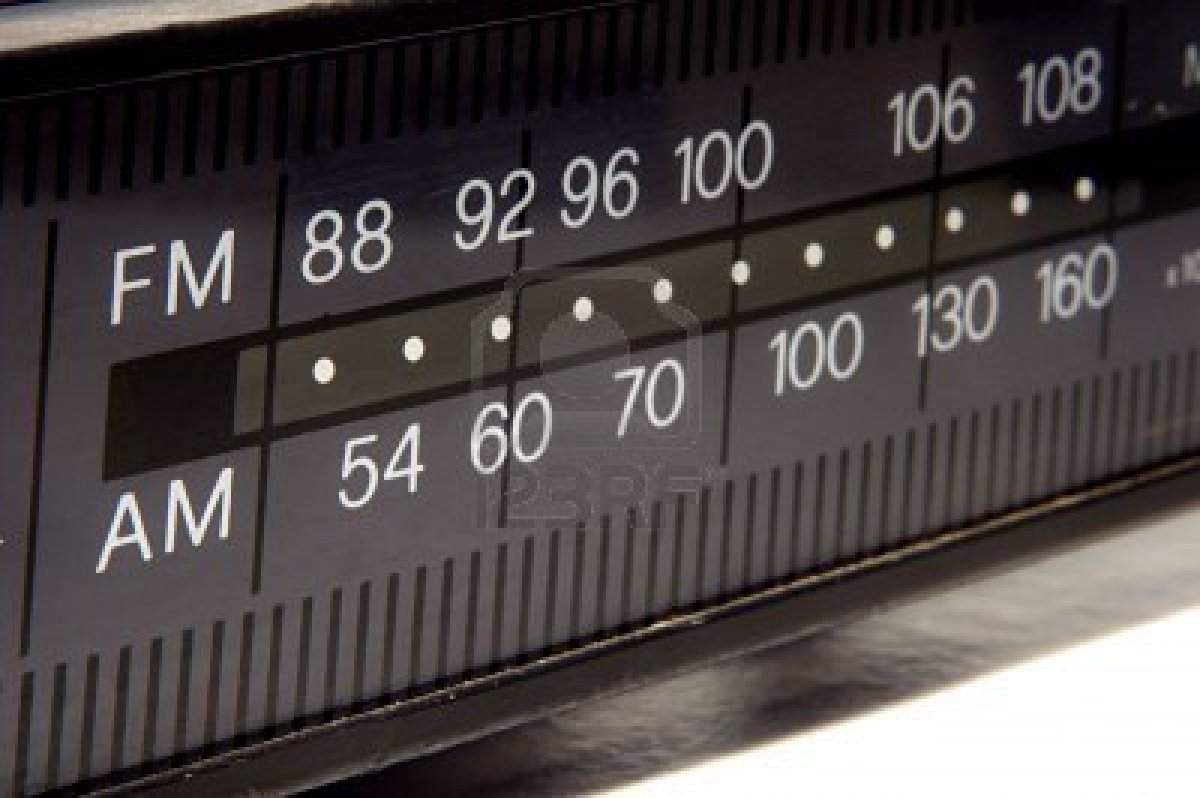 I’m laughing to myself because I have to stop writing about this project for now. Once it’s nominated for a Grammy and is mentioned as one of the most important “post-genre” projects to appear, I’ll get with it again). For now, just a few other highlights, quickly—Scouts honor.
I’m laughing to myself because I have to stop writing about this project for now. Once it’s nominated for a Grammy and is mentioned as one of the most important “post-genre” projects to appear, I’ll get with it again). For now, just a few other highlights, quickly—Scouts honor.
I dig how the drums were recorded in some places to sound as if they were from an early 1990s hip-hop track. The lavish background vocals on the old school slow jam “Oh, Yeah” featuring Musiq Soulchild and Ms. Michele demonstrate that the world still needs a duet—thinking here about Donny and Roberta but with the complexity of a Jaguar Wright multi-track vocal symphony. And Glasper’s acoustic solo after minute four of the track—a tasty ride over a Fender Rhodes drenched soundscape—suggests how this recording would have sounded if long instrumental solos had been the emotional focal point of this project. (I sure hope one day they release the modulating sequences that begin during the fade out: more, more!)
Male voices—Lupe Fiasco, Bilal, Shafiq Husayn, Stokely, Mos Def together with the turntablism of Jahi Sundance—are showcased in the most experimental tracks that crisscross generic makers with dizzying aplomb. Scattered unusual mixes, spoken word, electronic effects, stylistic juxtapositions, fade-ins, oral declamations and rhythmic chants, and so on, combine to frustrate efforts to “place” this music. Coupled with a written statement in the CD by writer Angelika Beener—less liner note than manifesto—this project announces itself as something new, a turn toward breaking out of sonic/marketing formulas so prevalent in today’s industry offerings. The most important aspect of this “announcement,” however, is this important idea. For the most part, Black Radio allows the sonic to do the preaching. Thus, we hear their “post-genre” move as a suggestion and not a mandate. In other words, only the music in the totality of our experience, music that is boundary-less, market-resistant, artistically adventurous, and conceptually focused can take black music back. Free Black music!
Tags: Amber Strother, Anita Bias, Bilal, Black Radio, Casey Benjamin, Chris Dave, Chrisette Michele, Derrick Hodge, erykah badu, Jahi Sundance, Lalah Hathaway, Ledisi, Lupe Fiasco, Meshell Ndegeocello, Mos Def, Musiq Soulchild, Paris Strother, Robert Glasper, Robert Glasper Experiment, shafiq husayn, Stokely, Yasin Bey

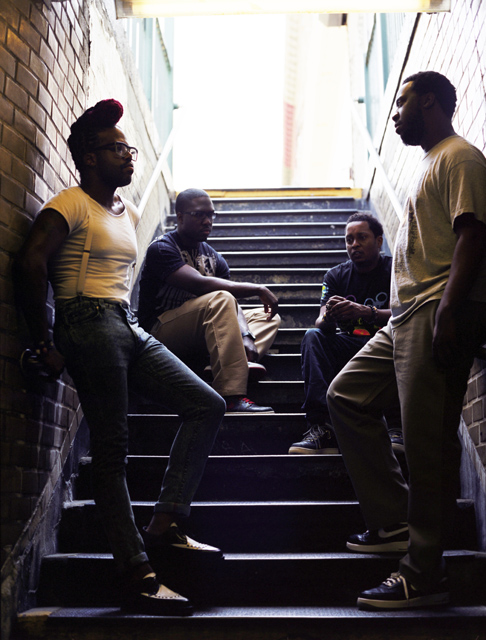

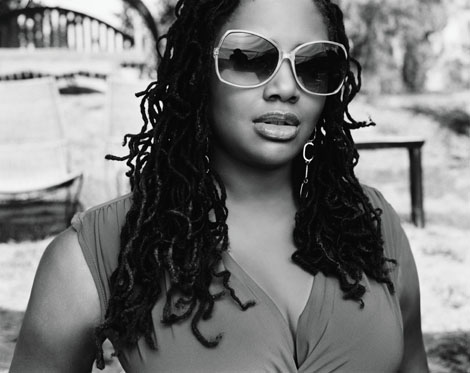
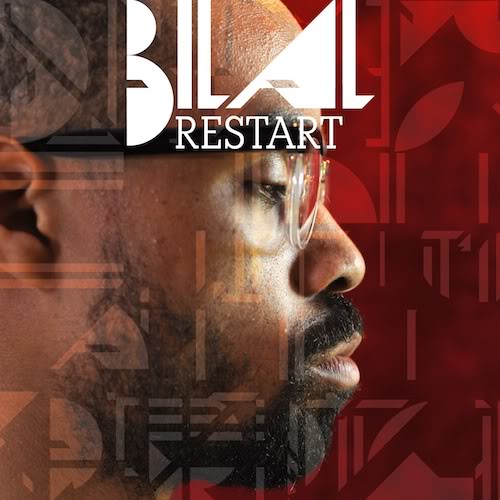
 Share On Facebook
Share On Facebook Tweet It
Tweet It

![[WATCH] The Babyface Tribute You Didn’t Know You Needed](https://musiqology.com/blog/wp-content/uploads/2015/11/soul-train-225x225.png)

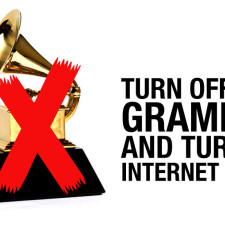
![[VIDEO] Jeff Bradshaw debuts New Song Featuring Robert Glasper, Eric Roberson, and Tweet](https://musiqology.com/blog/wp-content/uploads/2015/01/jeffbradsahw-225x225.jpg)
